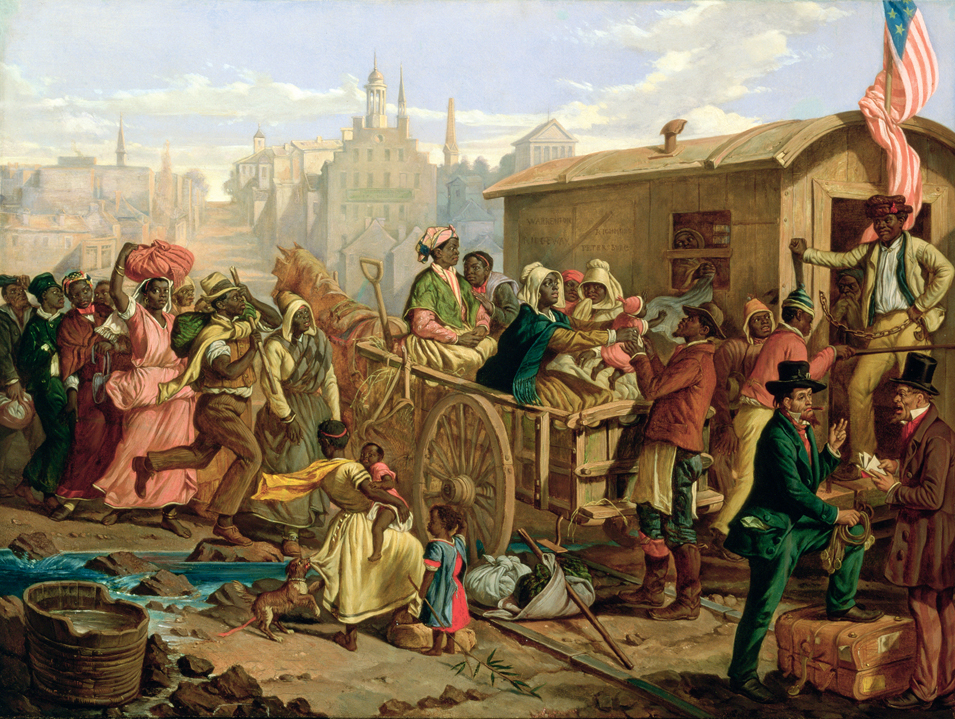A History of World Societies:
Printed Page 825
A History of World Societies Value
Edition: Printed Page 835
Slave Societies in the Americas
Africans and their descendants were enslaved in every country of the Americas, from Canada to Chile. The experiences in slavery and freedom for Africans and African Americans, broadly defined here as the descendants of slaves brought from Africa anywhere in the New World, varied considerably. Several factors shaped their experiences: the nature of slave regimes in different economic regions, patterns of manumission (individual slaves gaining their freedom), and the nature of abolition (the ending of the institution of slavery). Their experiences were also shaped by the density of the slave trade in the crescent stretching from Brazil northward through the Caribbean and across the U.S. South. In some regions Africans and African Americans constituted the majority of the population, while in other regions they were a minority whose proportion of the population was further diluted by subsequent European immigration. But even in regions with few enslaved people, they formed part of an African diaspora in the Americas that faced common challenges, such as formal and informal restrictions on social mobility, education, and intermarriage.

The settlement of Africans as slaves was the most intense in areas that relied on plantation agriculture. Plantations were an unusual kind of farming: they were typically enormous tracts of land dedicated to cultivating a single crop — especially sugar, coffee, tobacco, and cotton — on a scale so great that plantation regions usually supplied distant global markets. Cotton from Alabama was spun by looms in New England or Britain; sugar from Brazil was added to cups of coffee (also from Brazil) in European salons. The massive scale of this kind of agriculture, along with the practice of importing African labor to sustain it, originated in the sugar region of northeastern Brazil under the Portuguese. African slaves played many other roles as well. From Buenos Aires to Boston, slavery was also widespread in port cities, fed by easy access to the slave trade and the demand for street laborers such as porters. And across the Americas, slaves — especially slave women — were forced into domestic service, a role that conferred social prestige on their masters, but which also added sexual abuse to the miseries that slaves endured.